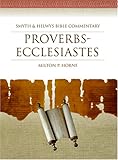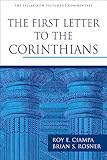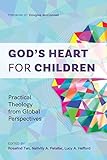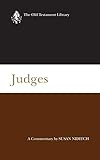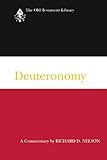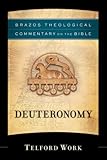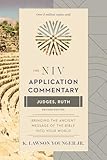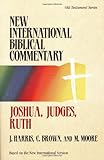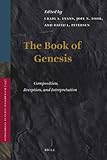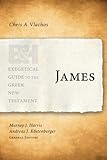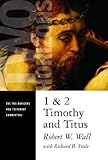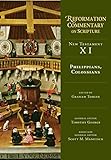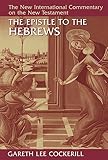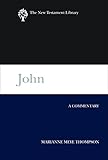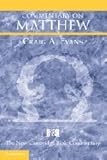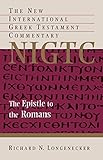Lazarus and the Rich Man (Luke 16:19-31) as Roman-à-clef: Attack on High Priest Caiaphas
Shearer, Glen 1955
Lazarus and the Rich Man (Luke 16:19-31) as Roman-à-clef: Attack on High Priest Caiaphas - Johannesburg South African Theological Seminary 2020 - 88 pages PDF A4 Abstract, TOC
The pericope of Lazarus and the Rich Man (LRM; Luke 16:19-31) is a well-known biblical story, often considered another parable told by Jesus. The LRM is recorded only in the gospel of Luke and describes an anonymous man of great wealth in contrast to a starving poor man, who is named Lazarus (Greek form of the Hebrew name Eleazar; literally ‘God helps’), lying at his gate. The rich man, although unnamed, is described as wearing the most expensive clothing available (purple and fine linen) and celebrating with luxurious feasts every day while the poor Lazarus lies outside his gate starving and covered with sores, but the rich man does nothing to help. Both men die. Lazarus is carried to the Bosom of Abraham by angels while the rich man is simply buried. In the supernatural second setting of the narrative, the rich man is in torment in Hades while Lazarus is in bliss with Father Abraham. This shocking reversal of fate story historically has been interpreted in three main fashions: (1) a teaching about the intermediate state after death but before judgment. (2) A teaching about the actual conditions in heaven and hell. (3) A moral teaching about the rich versus the poor (wealth versus poverty). I hypothesize that the narrative is not a parable but actually a thinly veiled attack on the extant Second Temple religious leadership in the form of a Roman-à-clef (novel with a key). The Roman-à-clef literary form uses a thinly veiled fiction to tell an inflammatory or condemning story about supposedly fictional characters. In truth, however, the fictional characters are real and certain “keys” within the story provide information which the audience can use to identify the real person. The description of the rich man’s wealth, clothing, gated residence and, importantly, his “brothers” point to High Priest Caiaphas as the “certain rich man”. Hence, I hypothesize that the LRM is actually a Roman-à-clef attack upon High Priest Caiaphas directly and thus upon the extant Second Temple leadership indirectly.
New Testament
Lazarus and the Rich Man (Luke 16:19-31) as Roman-à-clef: Attack on High Priest Caiaphas - Johannesburg South African Theological Seminary 2020 - 88 pages PDF A4 Abstract, TOC
The pericope of Lazarus and the Rich Man (LRM; Luke 16:19-31) is a well-known biblical story, often considered another parable told by Jesus. The LRM is recorded only in the gospel of Luke and describes an anonymous man of great wealth in contrast to a starving poor man, who is named Lazarus (Greek form of the Hebrew name Eleazar; literally ‘God helps’), lying at his gate. The rich man, although unnamed, is described as wearing the most expensive clothing available (purple and fine linen) and celebrating with luxurious feasts every day while the poor Lazarus lies outside his gate starving and covered with sores, but the rich man does nothing to help. Both men die. Lazarus is carried to the Bosom of Abraham by angels while the rich man is simply buried. In the supernatural second setting of the narrative, the rich man is in torment in Hades while Lazarus is in bliss with Father Abraham. This shocking reversal of fate story historically has been interpreted in three main fashions: (1) a teaching about the intermediate state after death but before judgment. (2) A teaching about the actual conditions in heaven and hell. (3) A moral teaching about the rich versus the poor (wealth versus poverty). I hypothesize that the narrative is not a parable but actually a thinly veiled attack on the extant Second Temple religious leadership in the form of a Roman-à-clef (novel with a key). The Roman-à-clef literary form uses a thinly veiled fiction to tell an inflammatory or condemning story about supposedly fictional characters. In truth, however, the fictional characters are real and certain “keys” within the story provide information which the audience can use to identify the real person. The description of the rich man’s wealth, clothing, gated residence and, importantly, his “brothers” point to High Priest Caiaphas as the “certain rich man”. Hence, I hypothesize that the LRM is actually a Roman-à-clef attack upon High Priest Caiaphas directly and thus upon the extant Second Temple leadership indirectly.
New Testament

